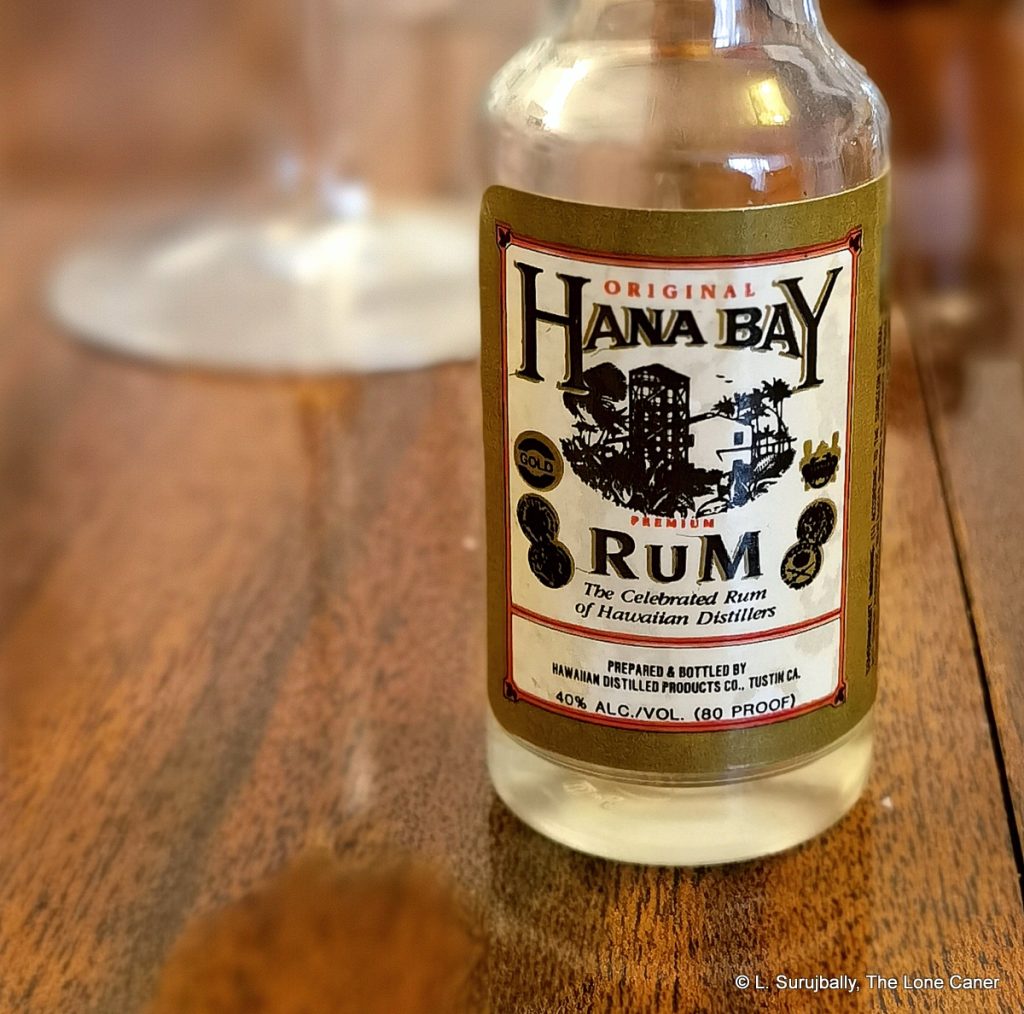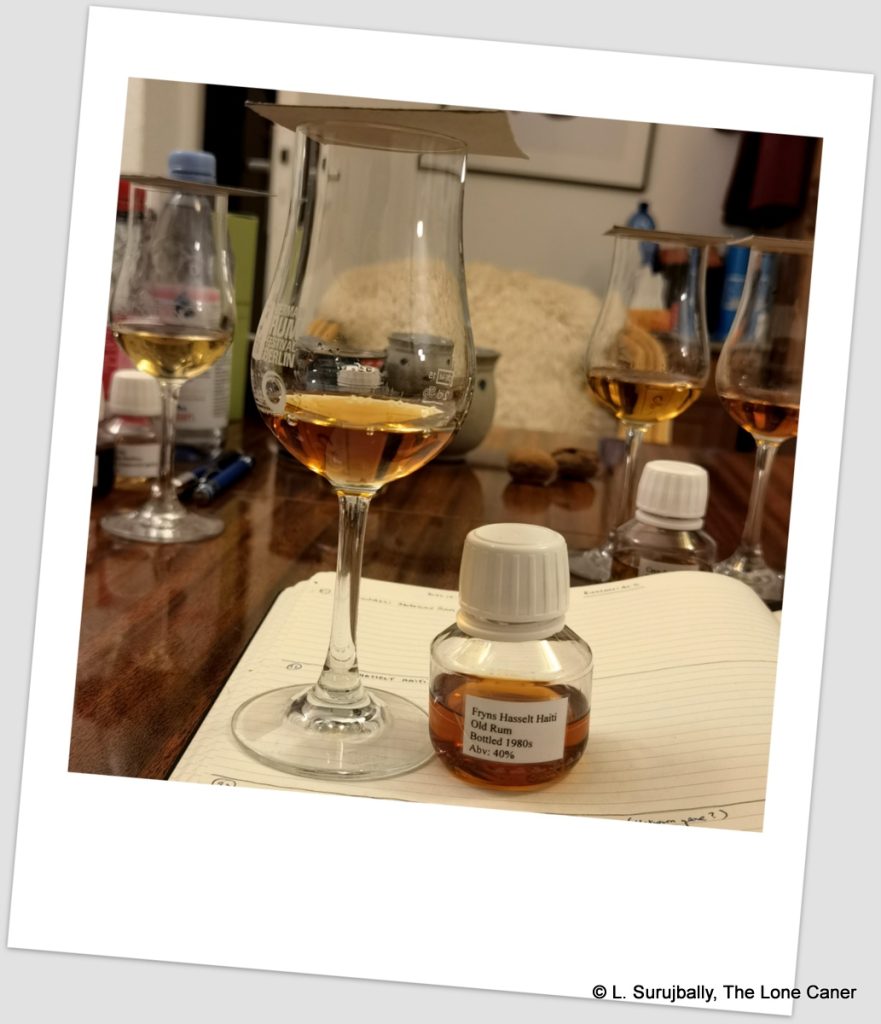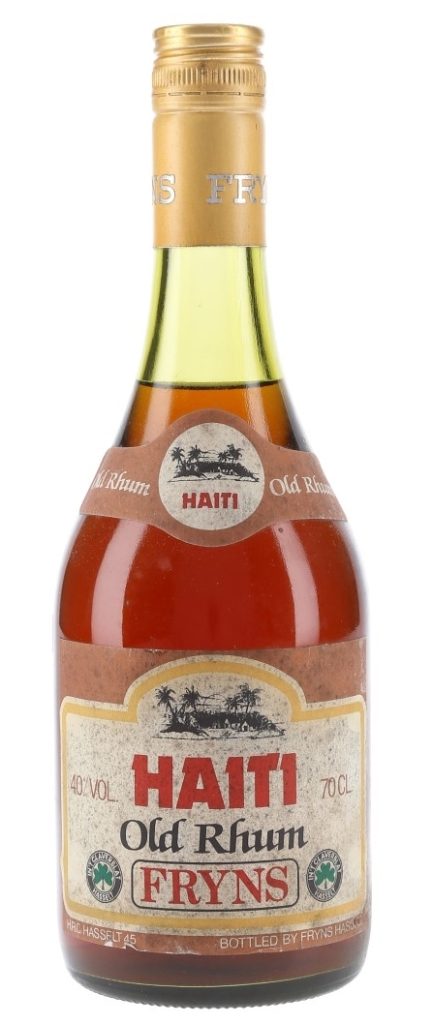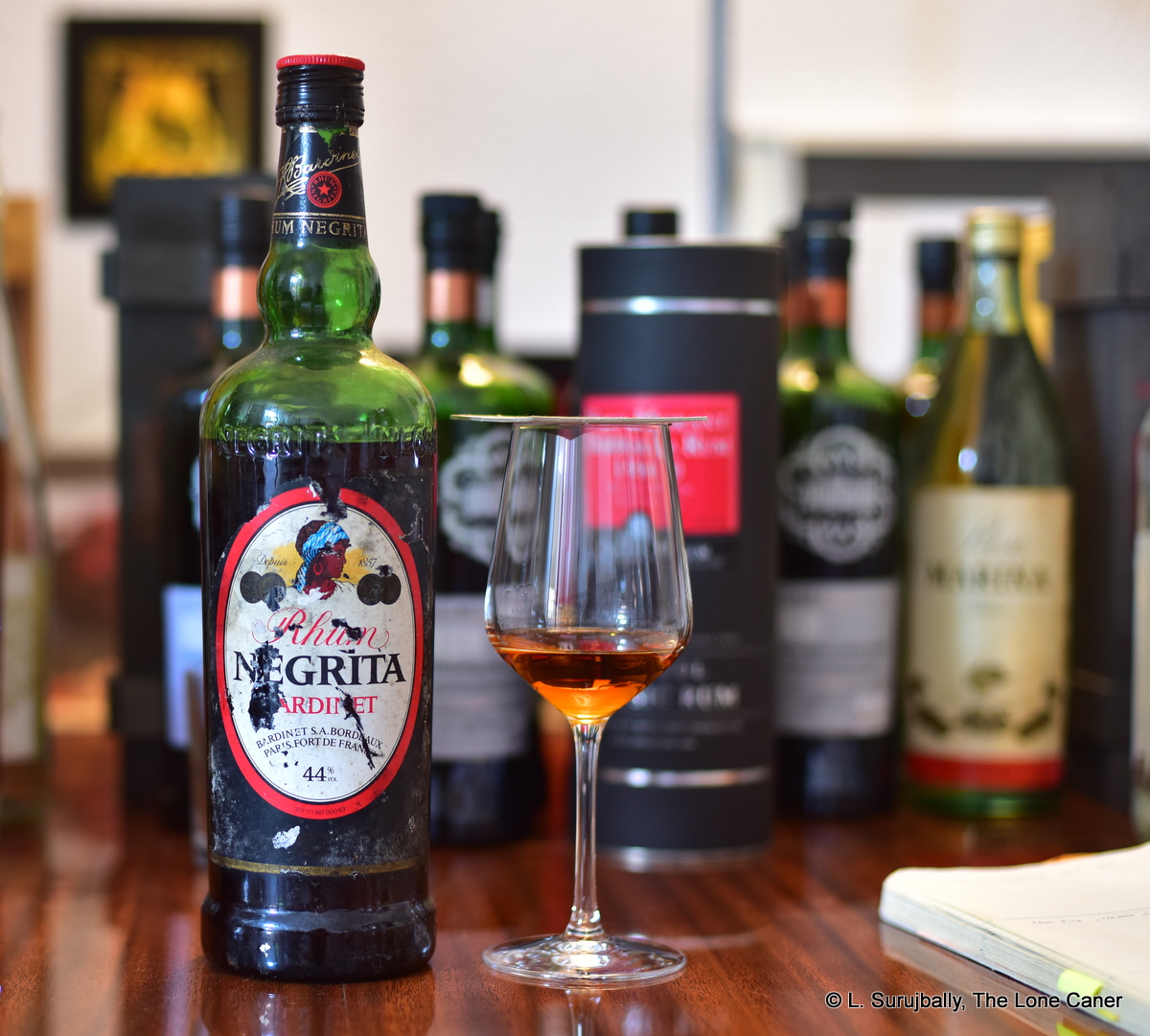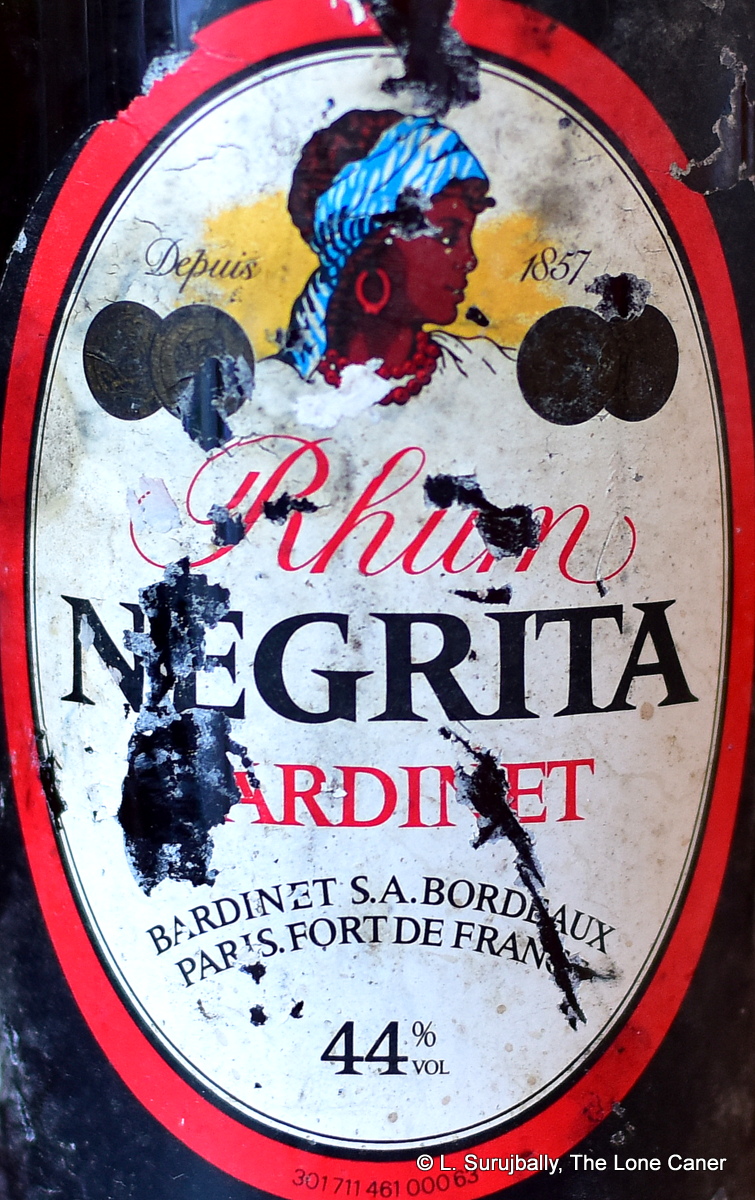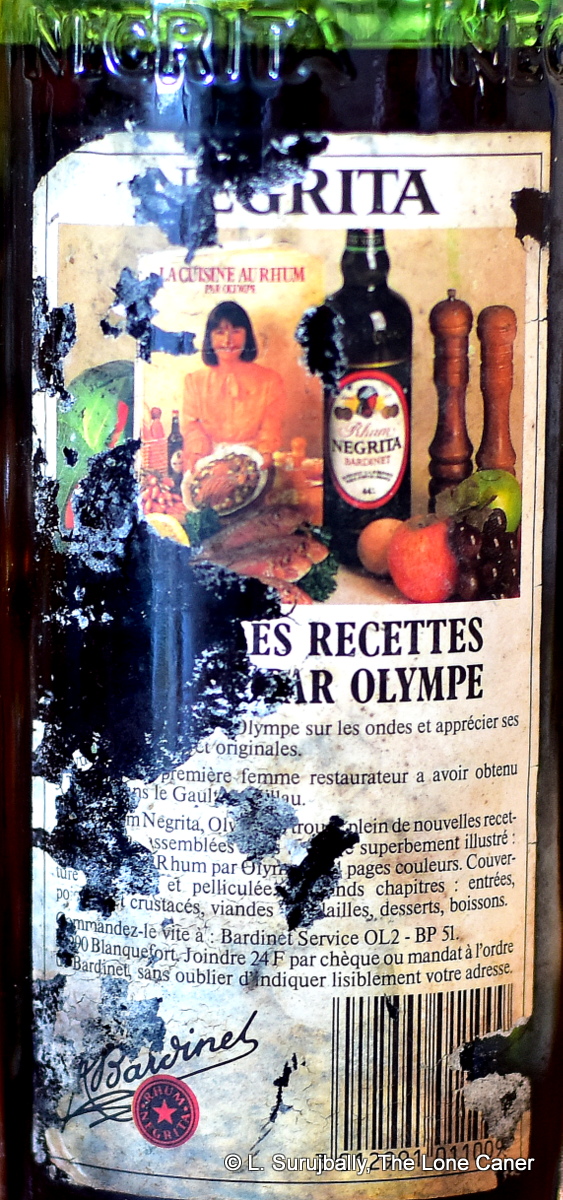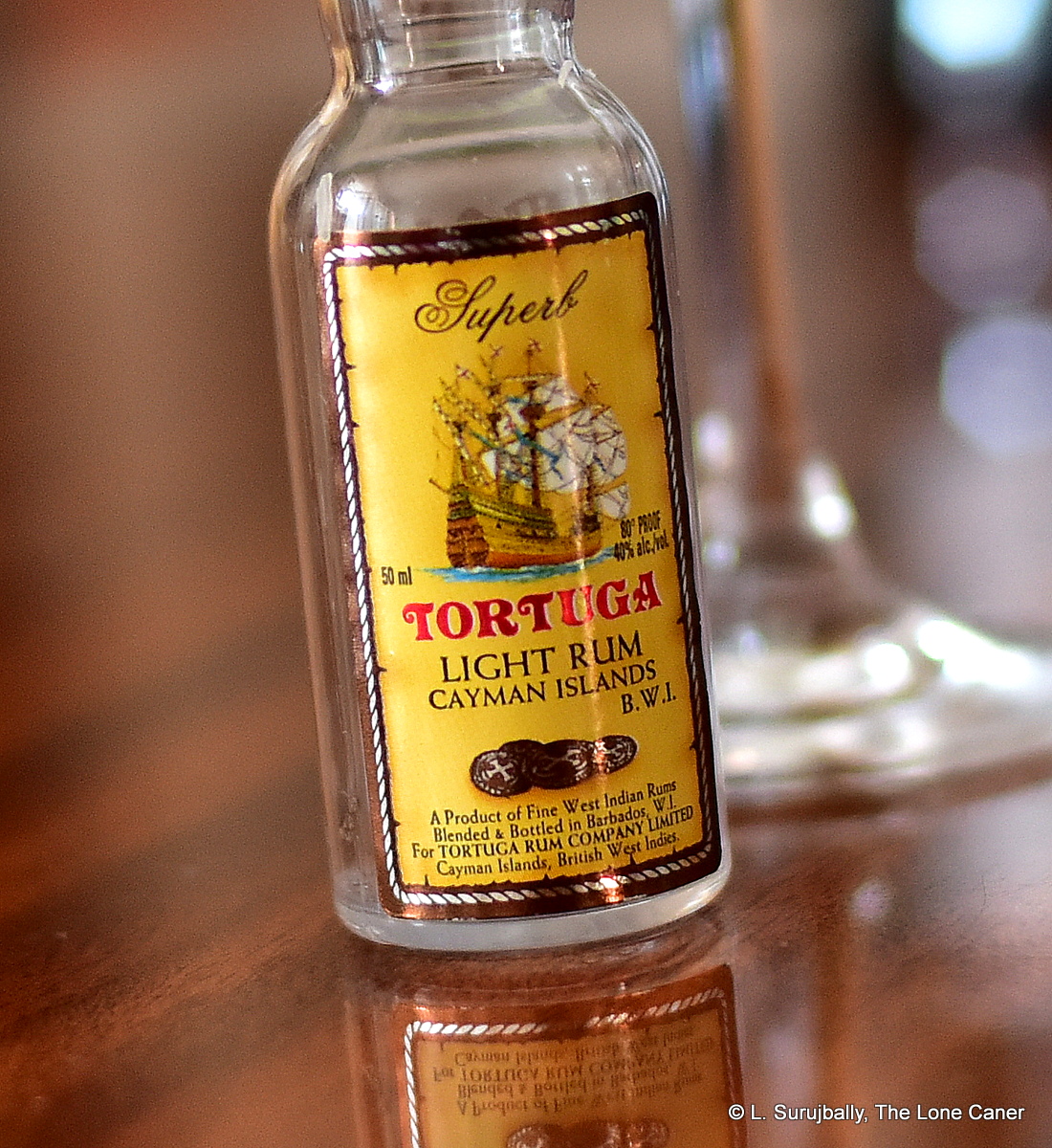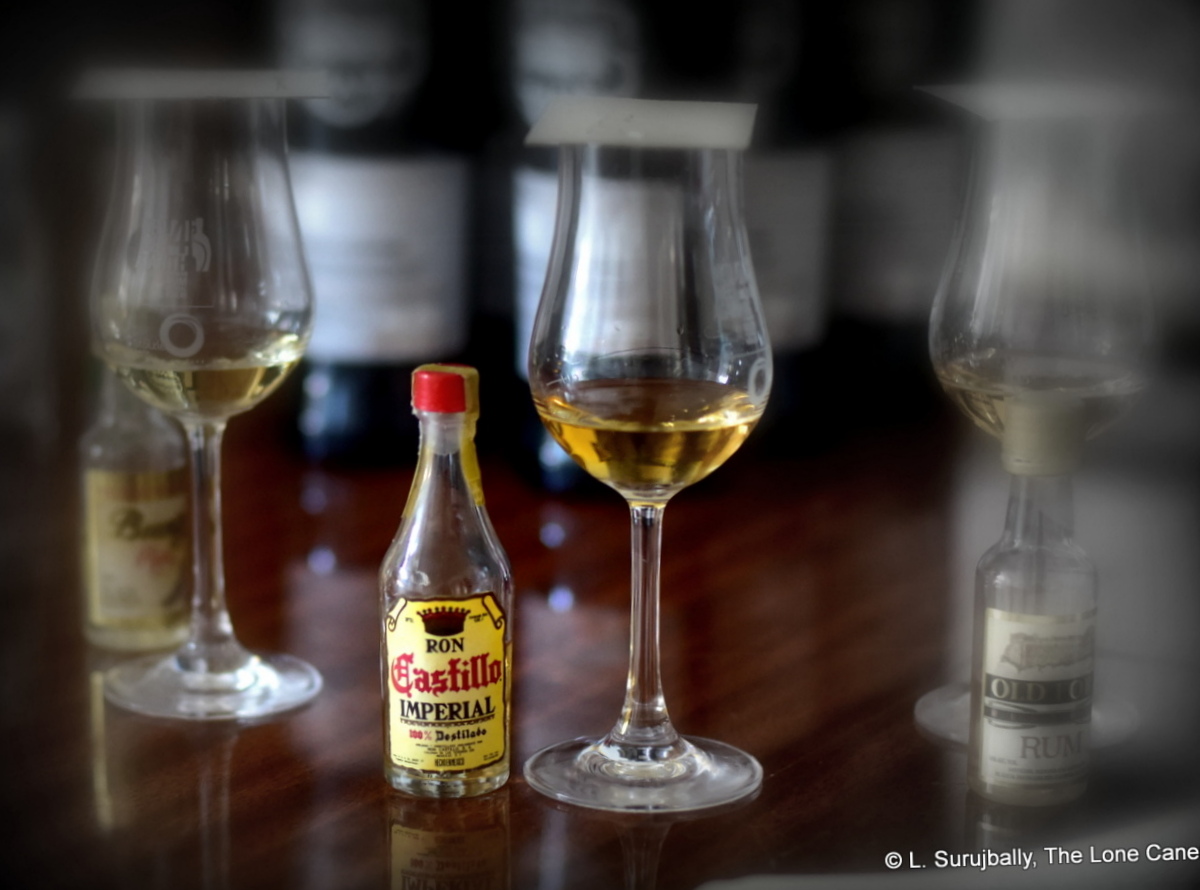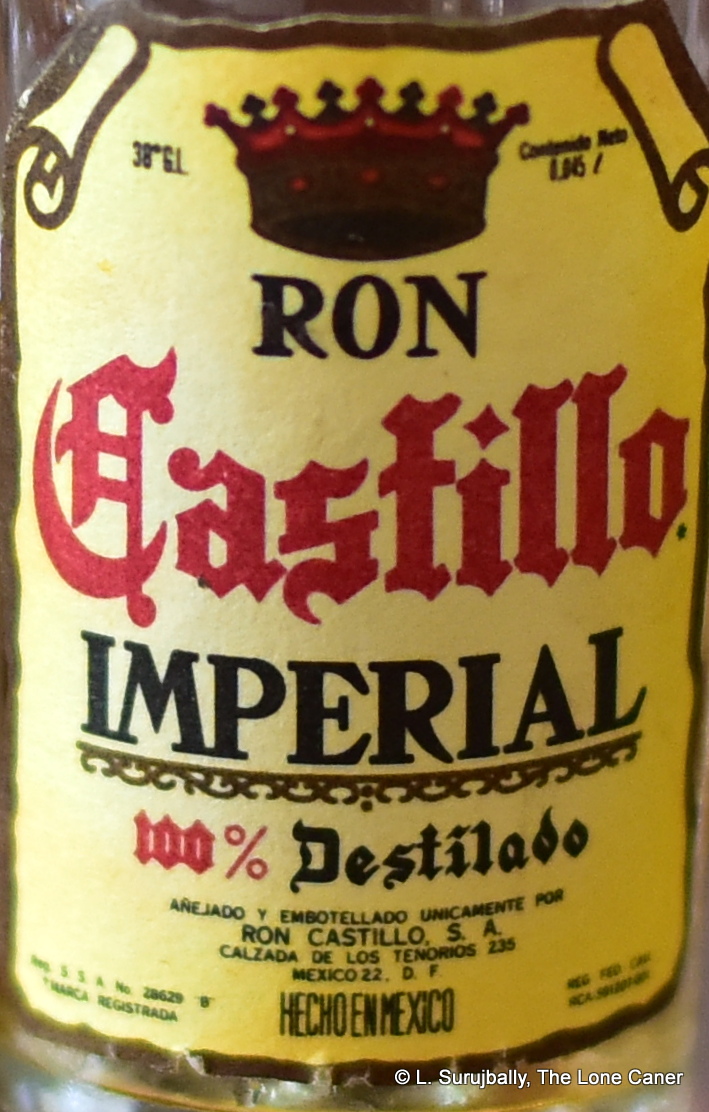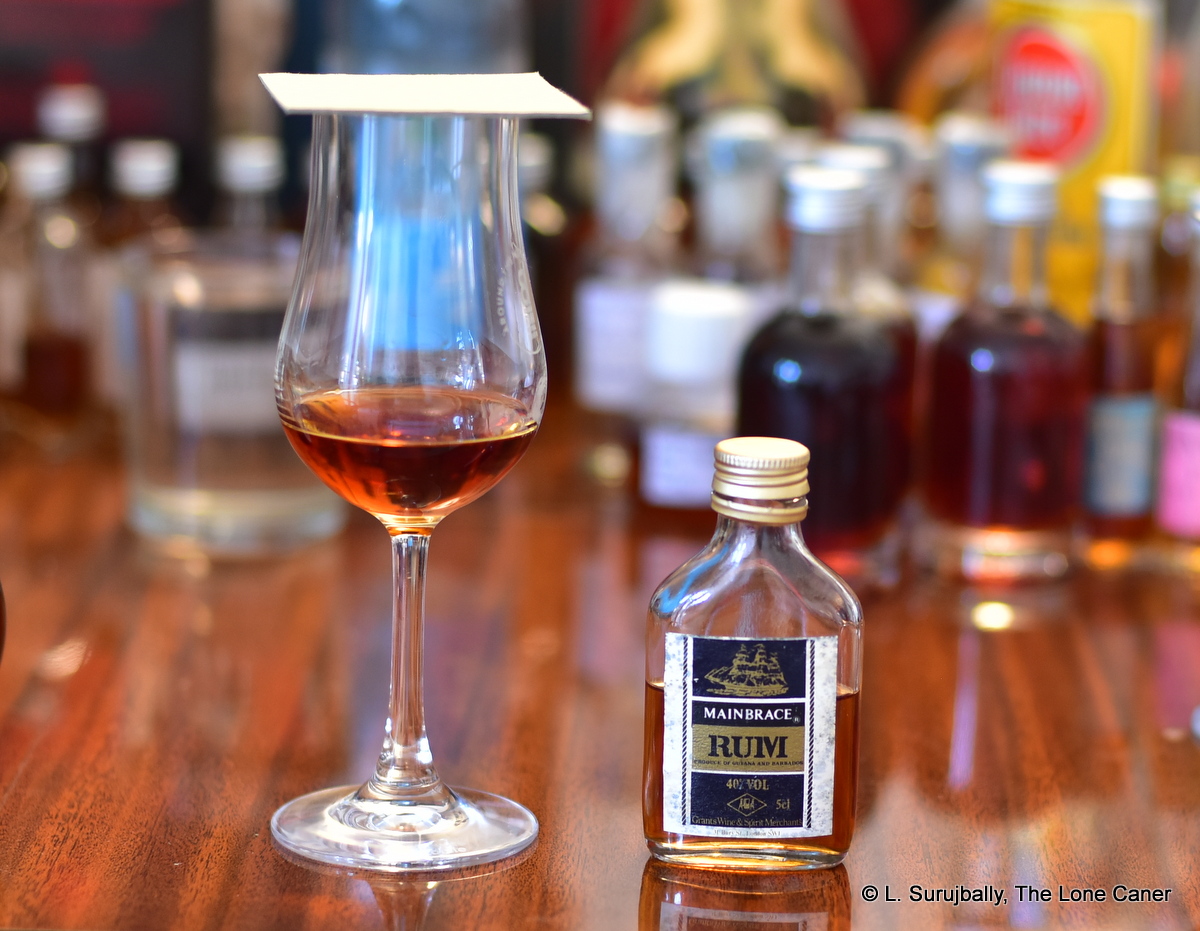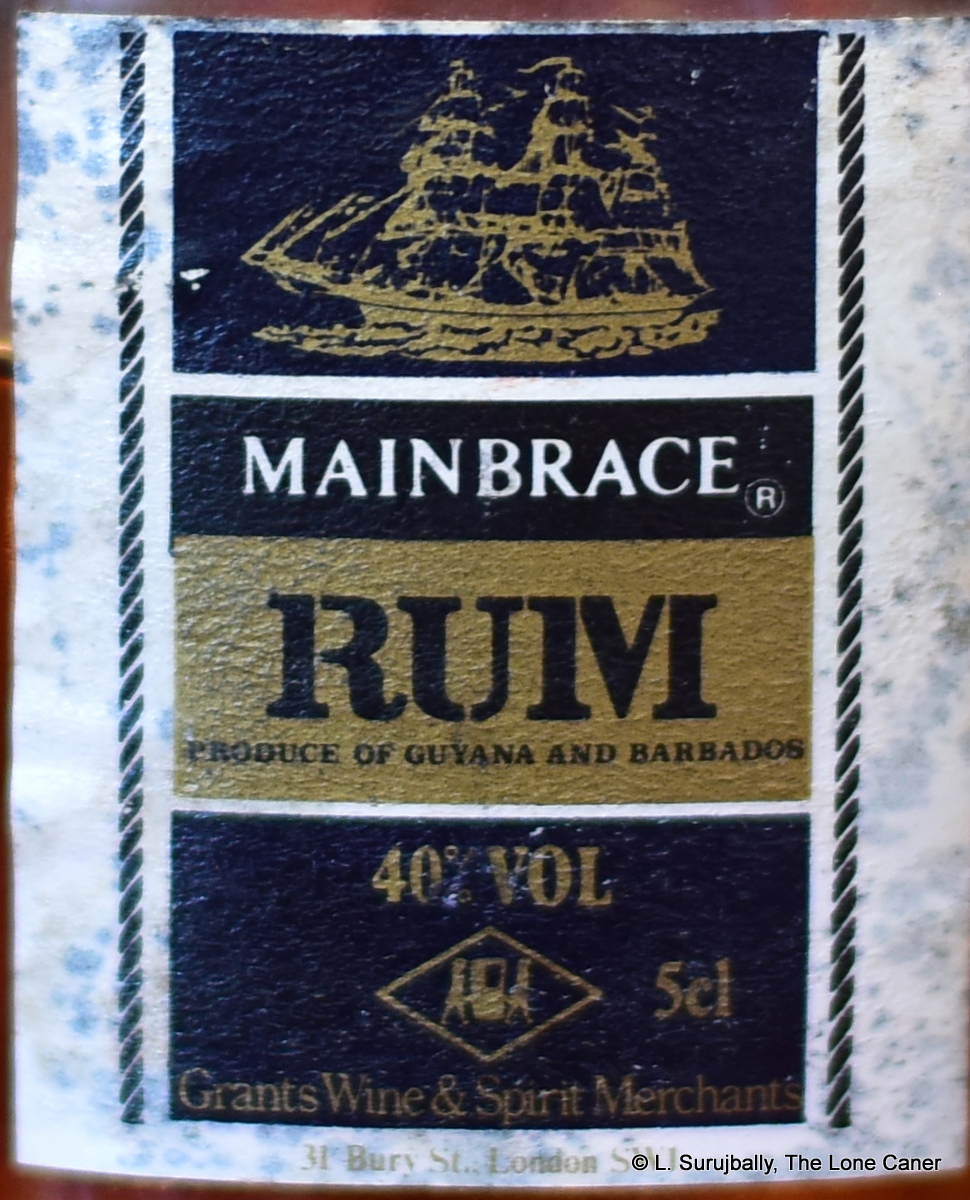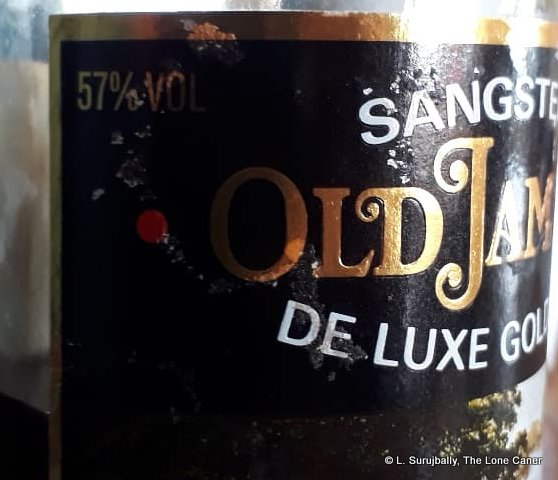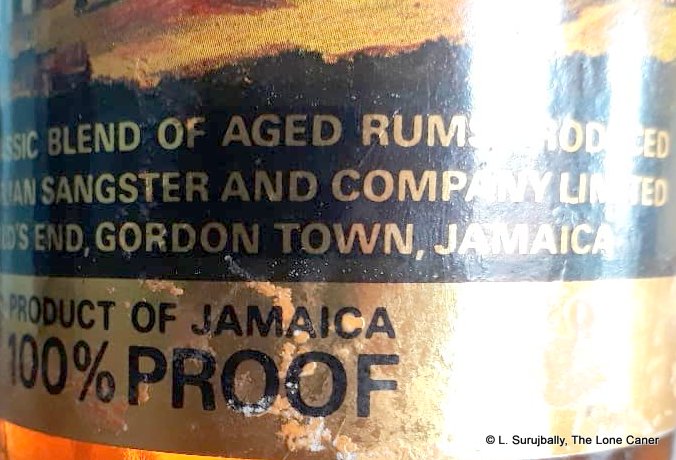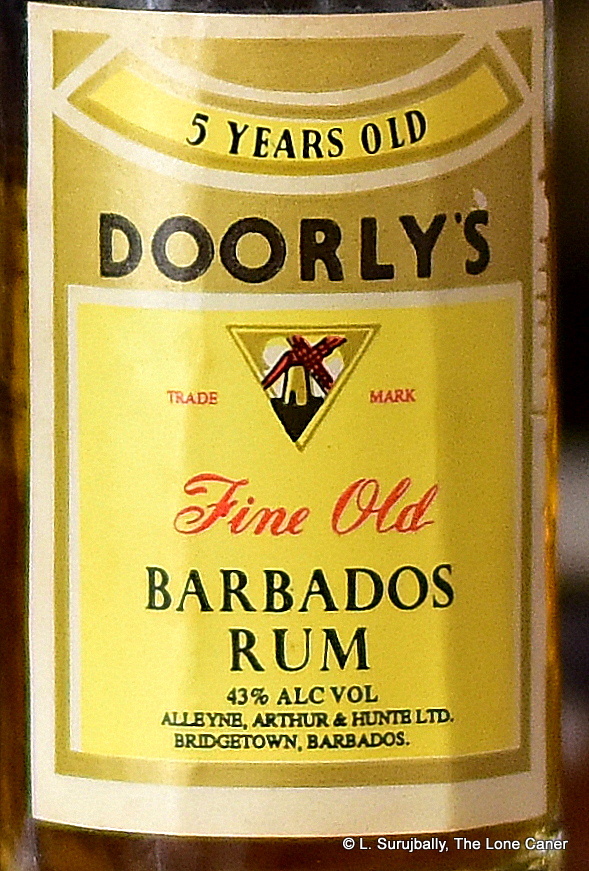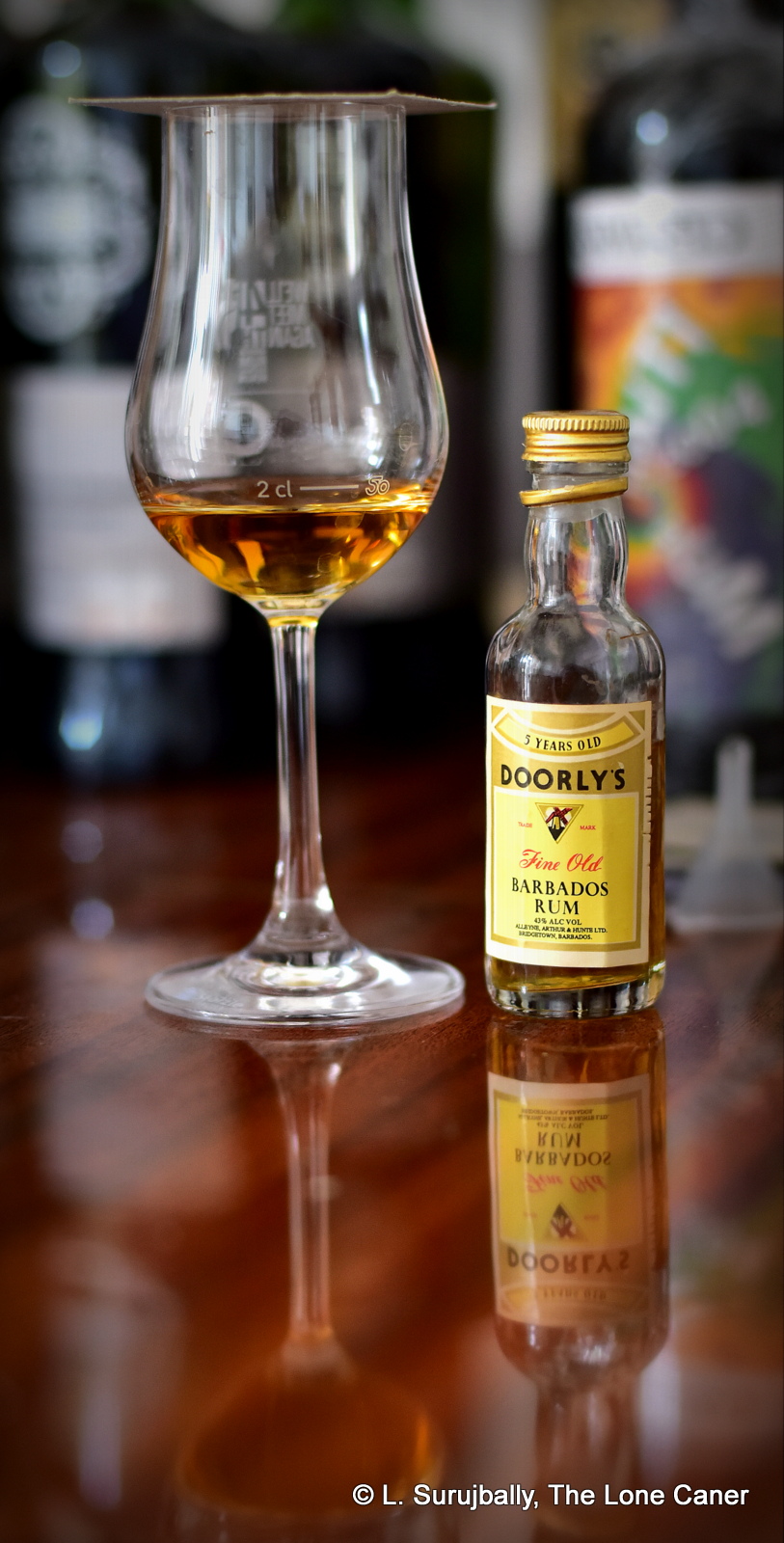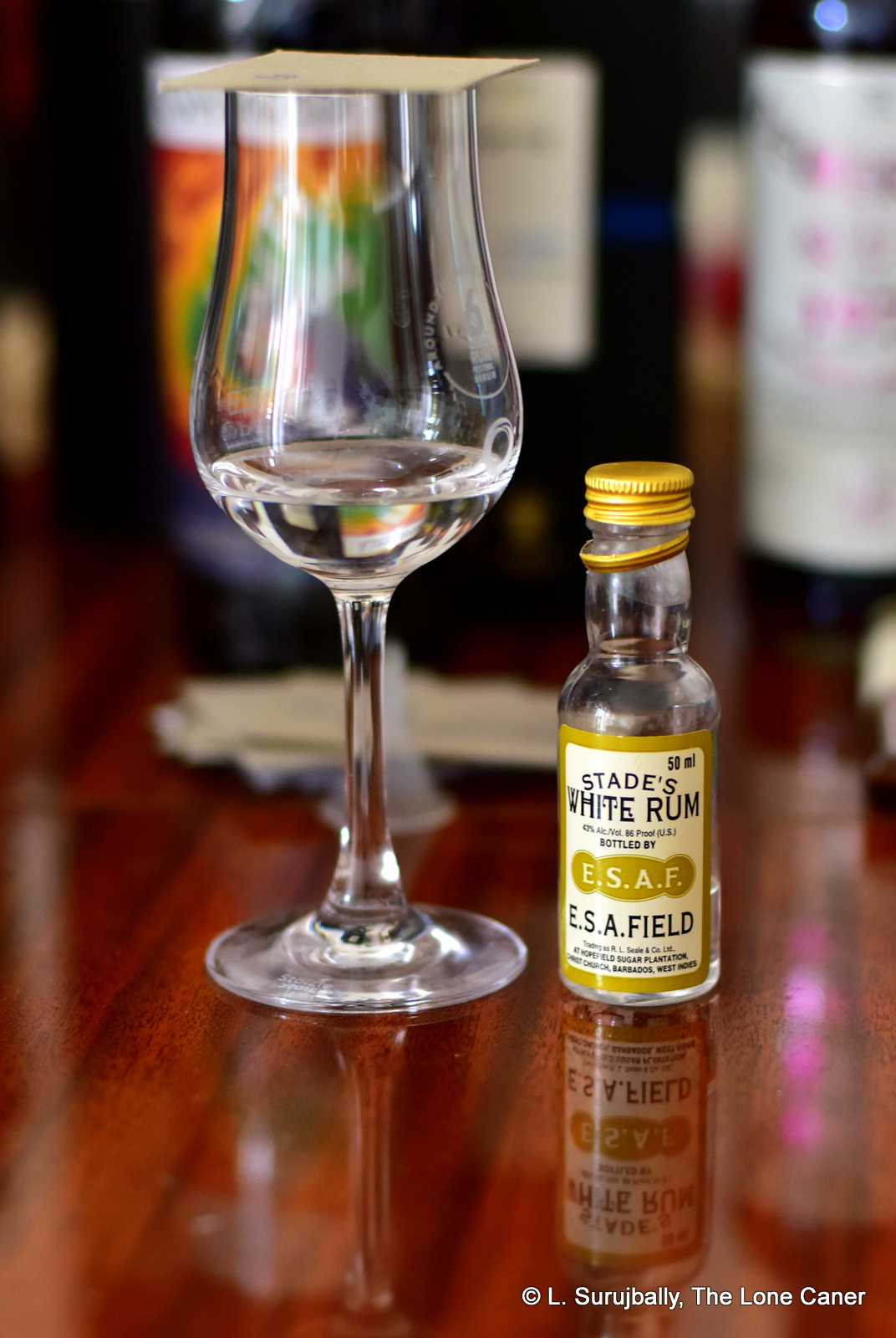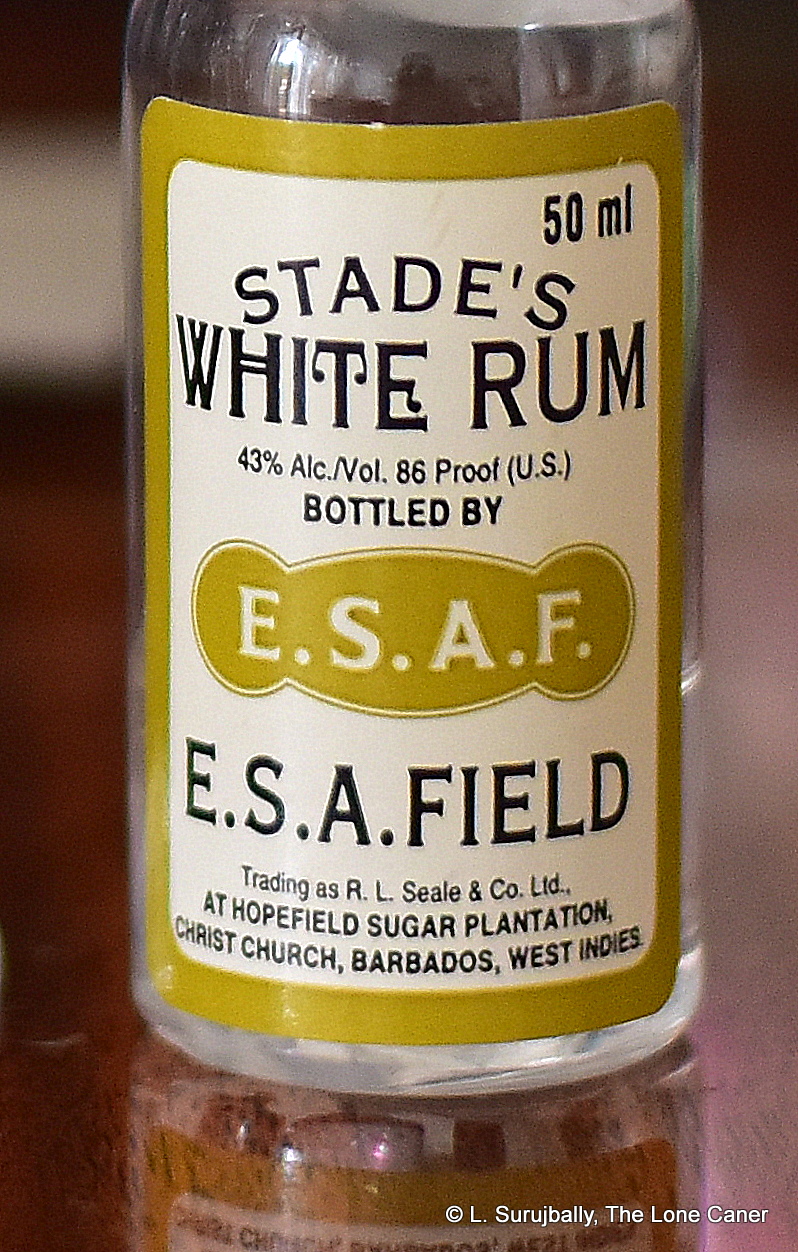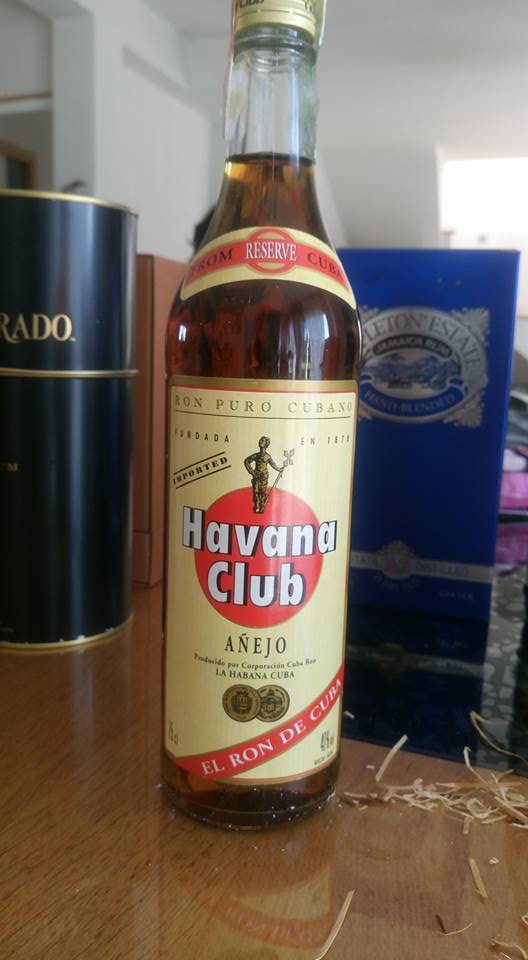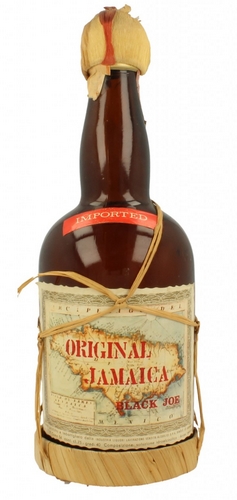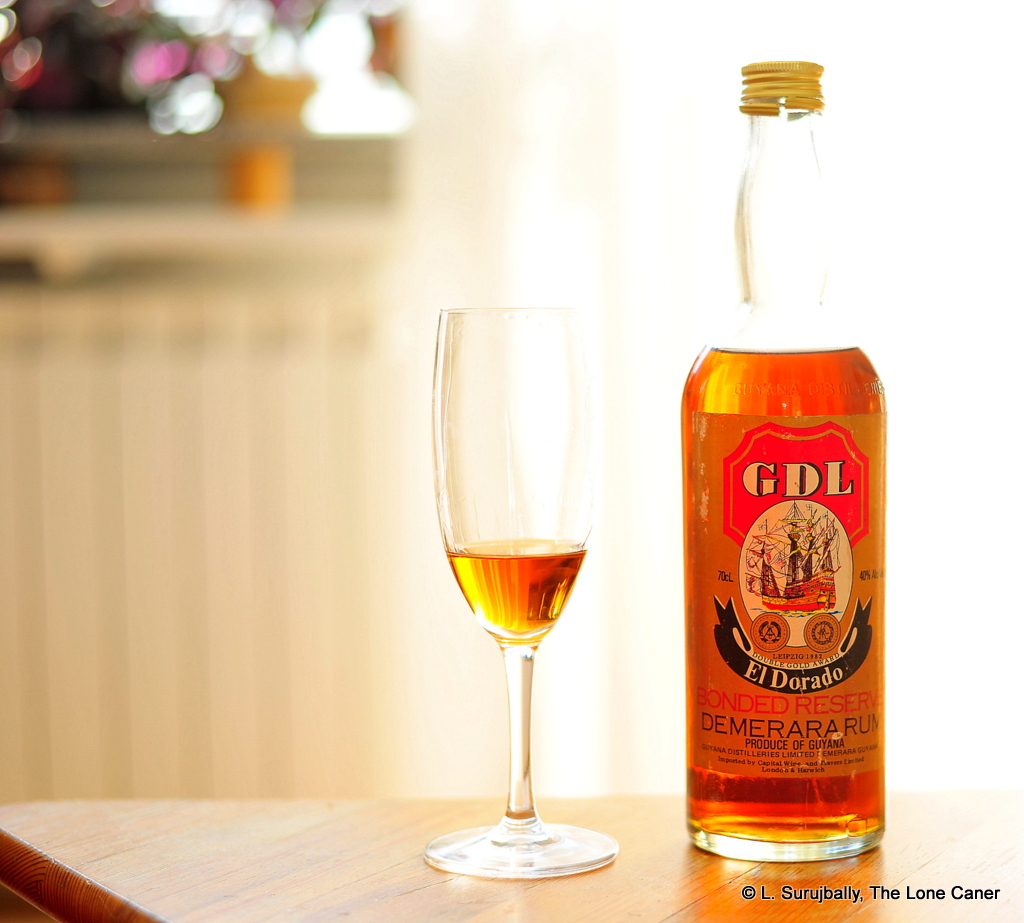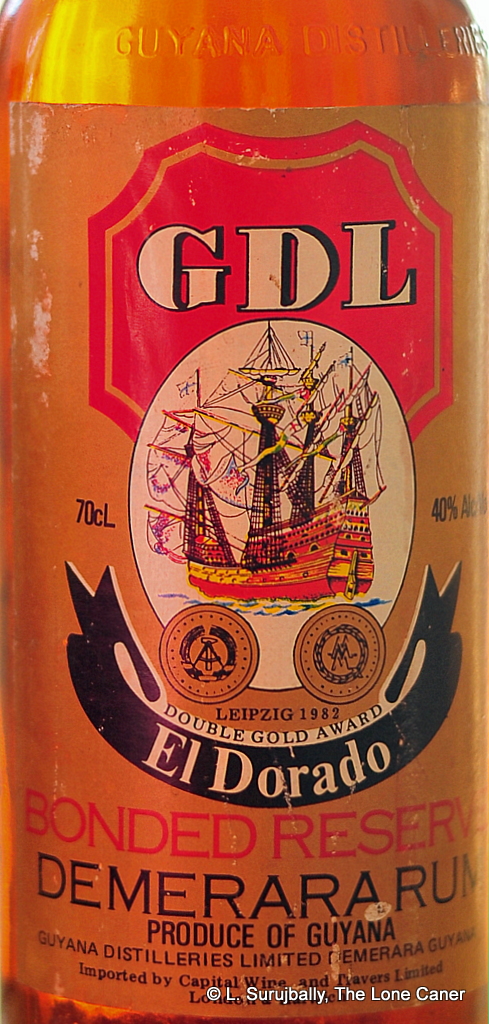Rumaniacs Review No. 144 | 0976
In 2023, if you were to google “who makes Hana Bay rum?” you’d get a response that Hali’imaile Distilling Company is the distillery of origin; except if you went to their site, there would be no mention of Hana Bay at all (or Whaler’s and Mahina, the other brands they own and supposedly make). Digging further and you’d see that Hawaiian Distillers out of Honolulu made Hana Bay rum from around the 1980s forwards and in the early 2010s when I first looked at Whaler’s, it was being made in Kentucky by the brand owners at the time, Heaven Hill, who had acquired the brand from the Levecke Corporation in 2002.
Some time in the last ten years, it would seem that the Hana and Whaler’s returned to Hawaii…Maui specifically, where Hali’imaile was founded in 2010 by a branch of the Levecke family and has its premises…I’ve heard they began making arum around 2014. Surprisingly, given the sugar industry, family connections and tropical climate, rum is not actually their focus – whisky, vodka and gin are, with the distillery also making rums of zero distinction. One of their claims to fame is to have worked to develop Sammy Hager’s Beach Bar rum, but that’s hardly an endorsement of the other rums they make and a 2019 article suggested (without attribution) that the rum itself wasn’t even made on Maui anymore, but in the USVI, and then bottled in California; rumours even suggested it was a Philippines rum. Go figure. If that’s true, no wonder they didn’t bother mentioning the product on their website.
But to go back to this bottle and its provenance: back in the eighties, Hana Bay was made by Hawaiian Distillers, a Hawaiian corporation that was in business since the 1970s, and was a subsidiary of Hawaiian Distilled Products Co out of Tustin California. Before 1980 it was mainly manufacturing tourist items, including ceramics and specialty Polynesian Liqueurs and you can still find many of its small bottles and knick knacks on various eBay or other auction sites: the value of their products lies in these ceramics, not its rums – it’s defunct now and all traces of it have vanished: only head cases like me actively seek out their rums from yesteryear any longer, and the question as to where exactly the rum was distilled remains unanswered.
Colour – Pale yellow
Strength – 40%
Nose – Rather nice, with a crisp aroma of light green grapes, apples, some red grapefruit. Some lemon and pine-sol, quite nice, until the whole thing is taken over by the thin acid reek of a disinfectant covering the tiled floors of a sterile, cold hospital corridor.
Palate – Okay it’s 40%, but not entirely nad; there’s no obvious adulteration here. Slightly creamy, buttery, with emergent sweet light fruits. Rather dry, briny and with latrger non-sweet notes of dates, olives and a stale peach or two.
Finish – Nothing special here, but noting bad either; acetones, light pears, a bit ot hot tea. It’s nice for what it is
Thoughts – As far away from the adulterated mess of Whaler’s or the Spirit of Hawaii as could be imagined. This one is actually not an entirely bad rum, and makes one wonder why they didn’t bother sticking with it. Instead they just climbed to the top of a low hill, and charged downhill from there with everything that came after. We’ll be looking at some of those soon.
(76/100) ⭐⭐⭐
Other notes
- A relatively young age can be assumed, as is the likelihood of it being a column still rum.
